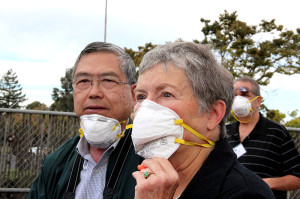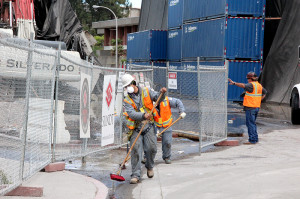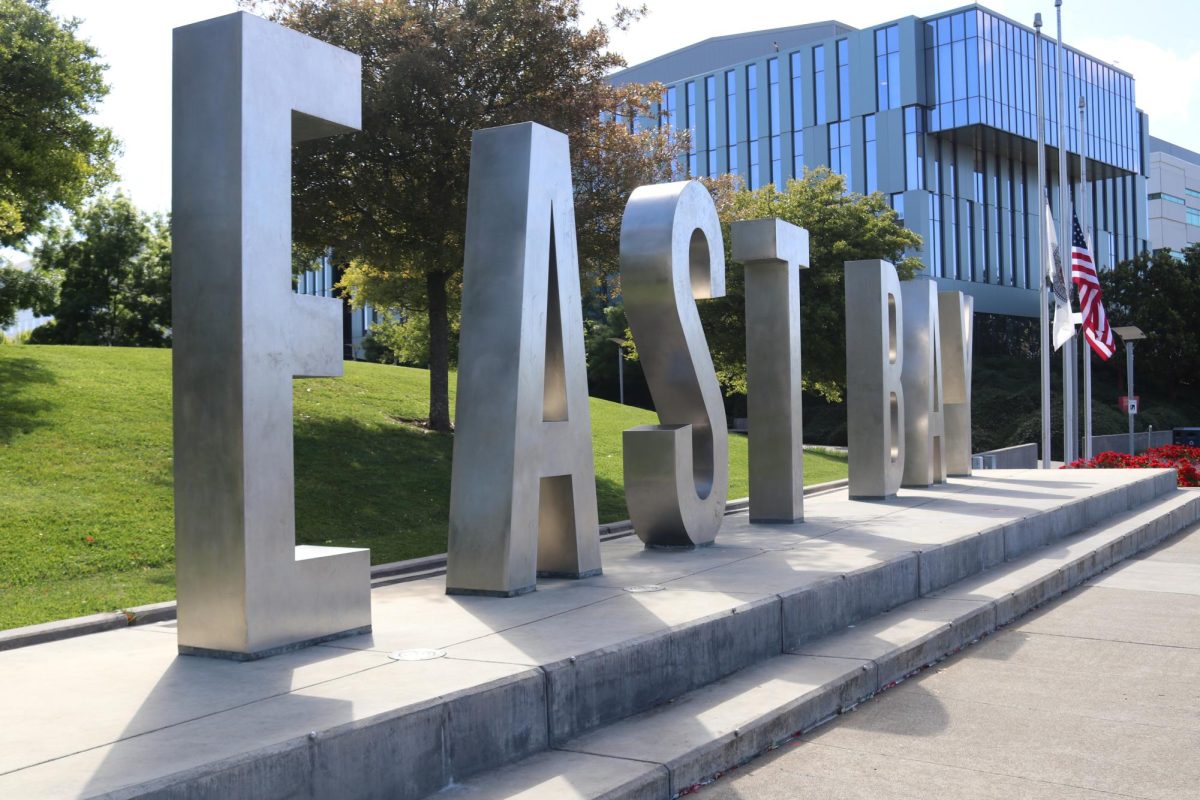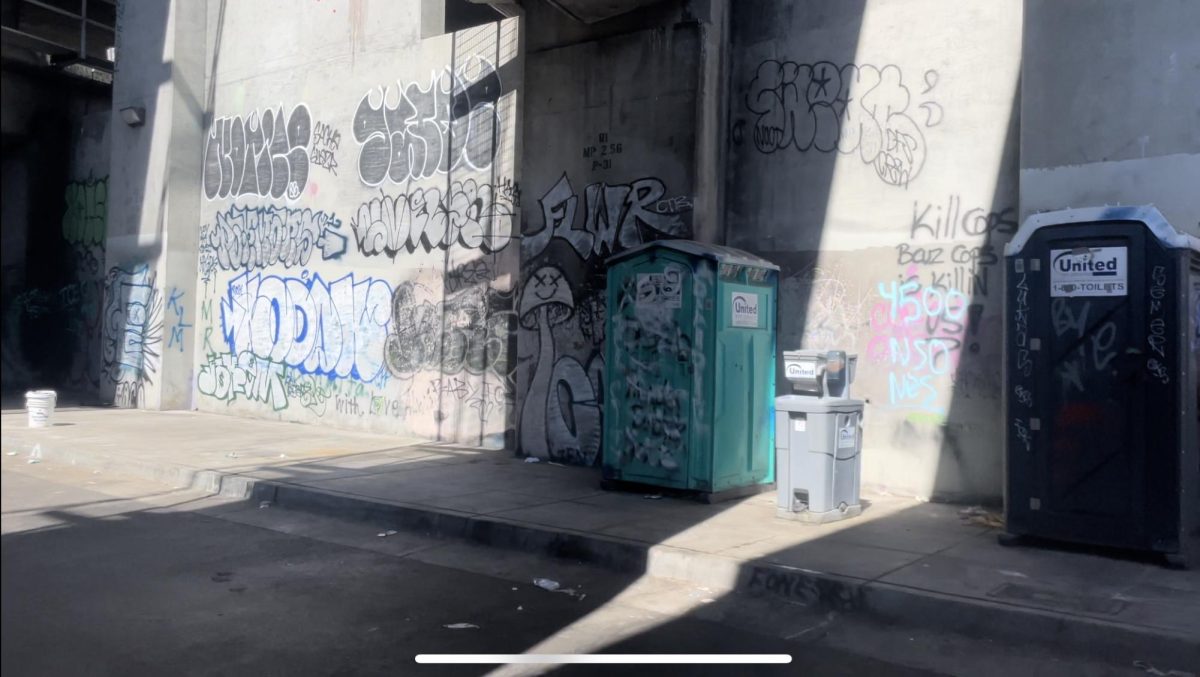 At 9 a.m. Saturday, Warren Hall, the iconic tower that sits in the Hayward Hills imploded as planned, but with minor problems, said Marie Crist, Sundt Construction project manager. She pointed to a broken waterline that burst during the implosion, and also explained a piece of debris had penetrated a window in the library.
At 9 a.m. Saturday, Warren Hall, the iconic tower that sits in the Hayward Hills imploded as planned, but with minor problems, said Marie Crist, Sundt Construction project manager. She pointed to a broken waterline that burst during the implosion, and also explained a piece of debris had penetrated a window in the library.
The unexpected ruptured waterline from the implosion left the library services, including the bathrooms and Starbucks, closed throughout the weekend and was reopened Wednesday morning, according to Jim Zavagno, campus facilities director. The cracked window was repaired by a professional on standby after the implosion on Saturday, Peter Kanuth, Silverado contractor said.
Though they experienced these small obstacles, Kanuth said everything went “really well.”
“We had a bet on how far it was going to fall and it went a little bit further out, but it went exactly in the right direction,” he said.
Kanuth explained the reason for the implosion was due to the university library location roughly 50 feet away and “for the safety of the workers.” He said typically the demolition process uses “small bobcats on the floors” that take it down floor-by-floor, or using “a wrecking ball.”
 The crew has 40 days to remove all the rubble and just a week from demolition to clear out the West Loop roadway, said Kanuth.
The crew has 40 days to remove all the rubble and just a week from demolition to clear out the West Loop roadway, said Kanuth.
The building was imploded using 463 pounds of explosives, a combination of dynamite and RDX, a chemical used in demolition, according to President of Controlled Demolition Inc. Mark Loizeaux.
Dynamite and RDX are the most common way to take down a structure, Physics of Demolition website stated. RDX blasts in a linear direction exploding with 3 million pounds of pressure, whereas dynamite shoots off in all directions.
“To destroy concrete, blasters usually use dynamite, which is strategically placed in drilled holes and detonated. Because steel is much harder to blast through, RDX, a much more powerful explosive, is used,” the demolition site stated.
The implosion took 14 seconds, with explosives igniting on the west side and then to the north and south sides of the building, which allowed it to fall to the west where the soccer field sits below.
The 42-year-old building is now reduced to a pile of rubble that is being taken down the Silverado Contracting Company. Kanuth explained there should be no negative impacts on the surrounding buildings and added they were relieved the dust cloud was minimal.
“We had a little on the roofs, and little bit on the walk-ways and that’s it,” said Kanuth. “The dust cloud just sat over the building for about a half an hour and came straight down, so there was a lot less dust than we anticipated.”
Loizeaux anticipated that there would be no impact on air quality after confirmation of regulations from the Division of Occupational Safety and Health, otherwise known as CalOSHA, and said they will be tracking the air quality after implosion.
The nearly 12,500 tons of debris will be recycled with half of it going to the foundation of the new 67,000 square foot Administration Building behind the university library and the rest will be shipped to the Oakland ports to go overseas, the contractor said. Crist added, trace amounts will also be placed around the Oakland Coliseum.
Kaliva Morgan contributed to this article.

















